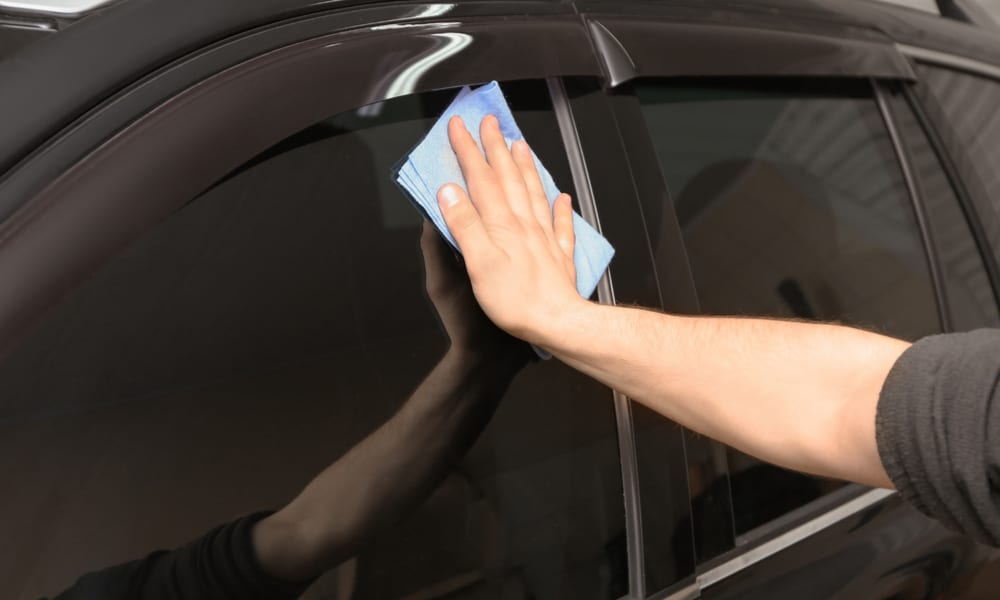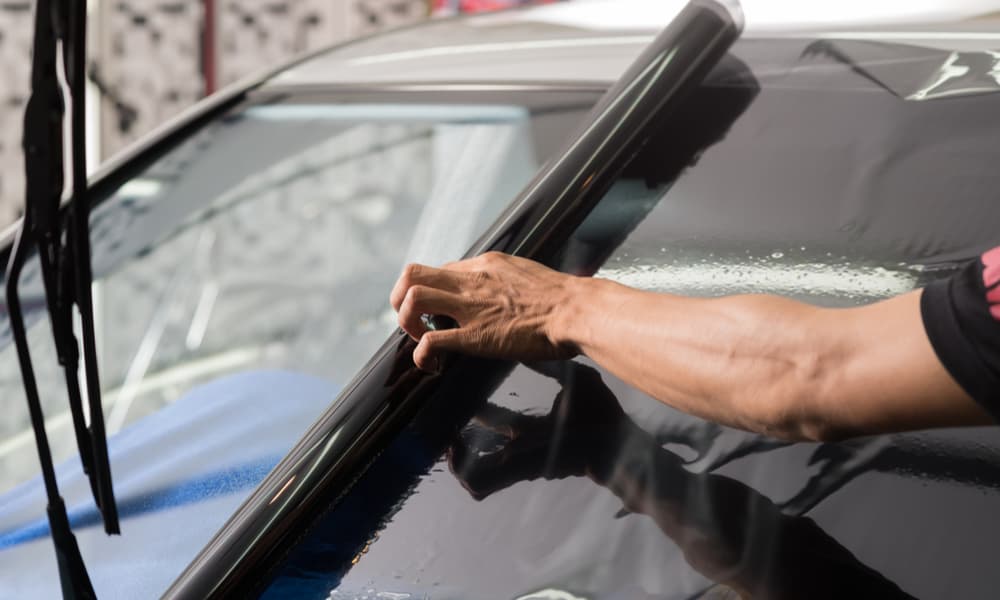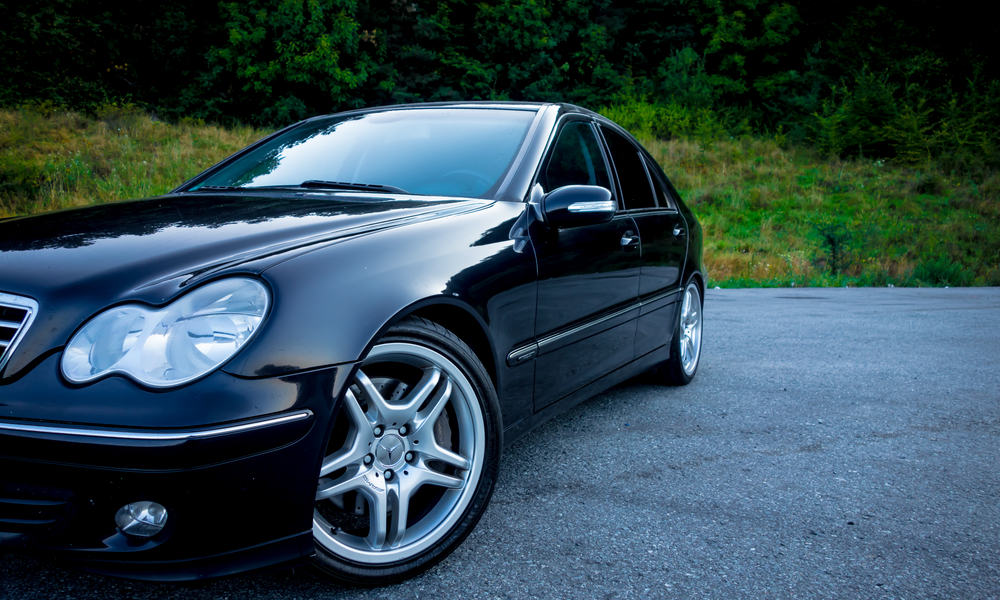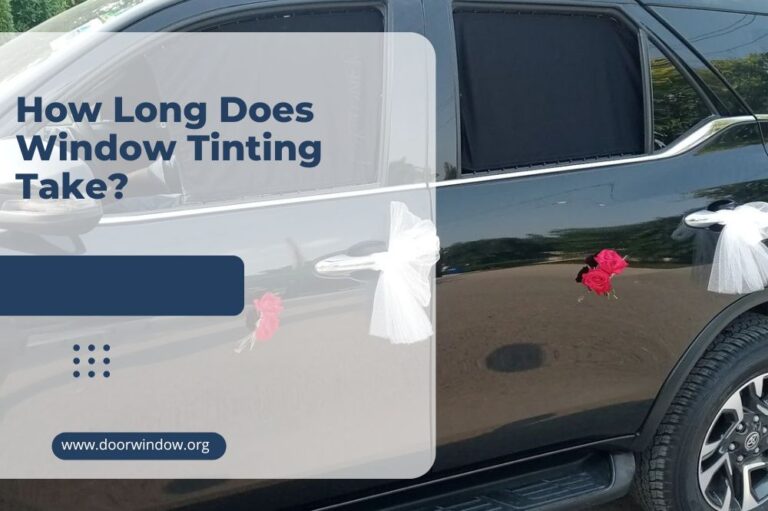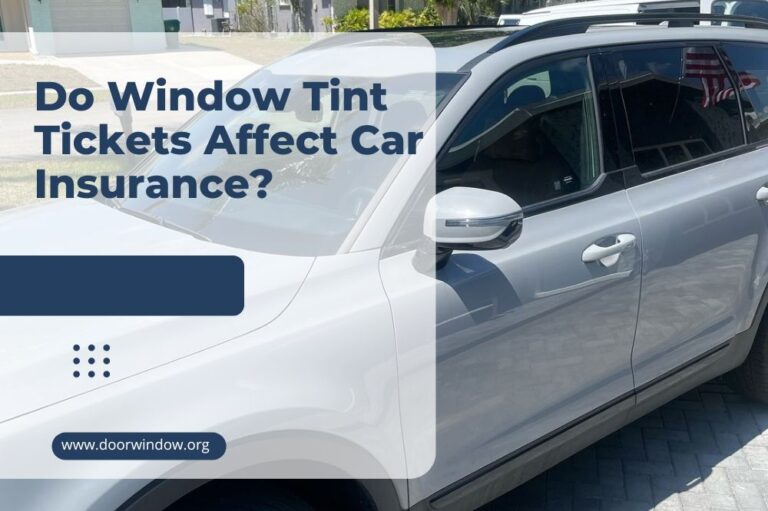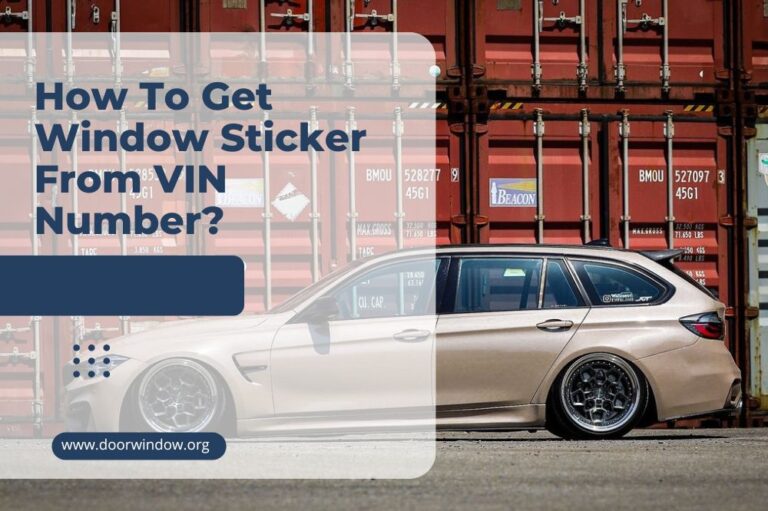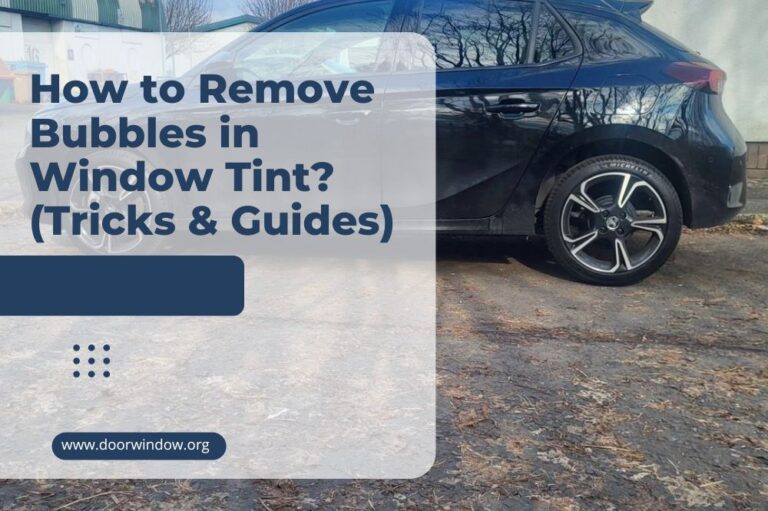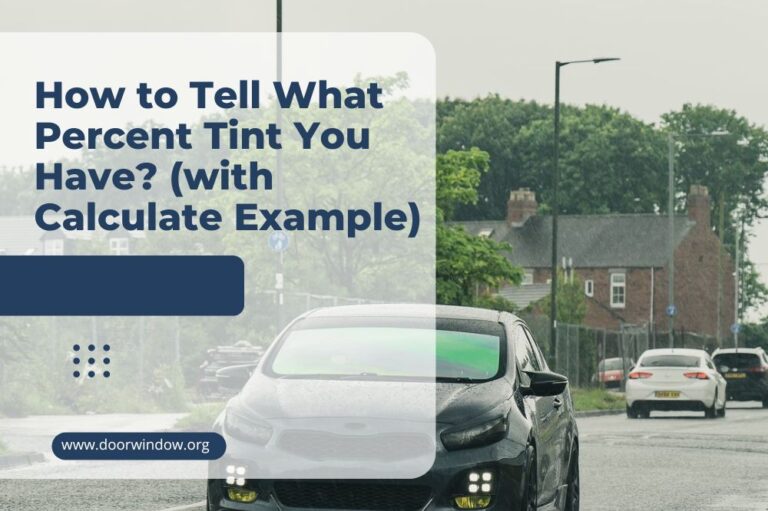Texas Window Tint Law: Things You Need to Know before Tinting
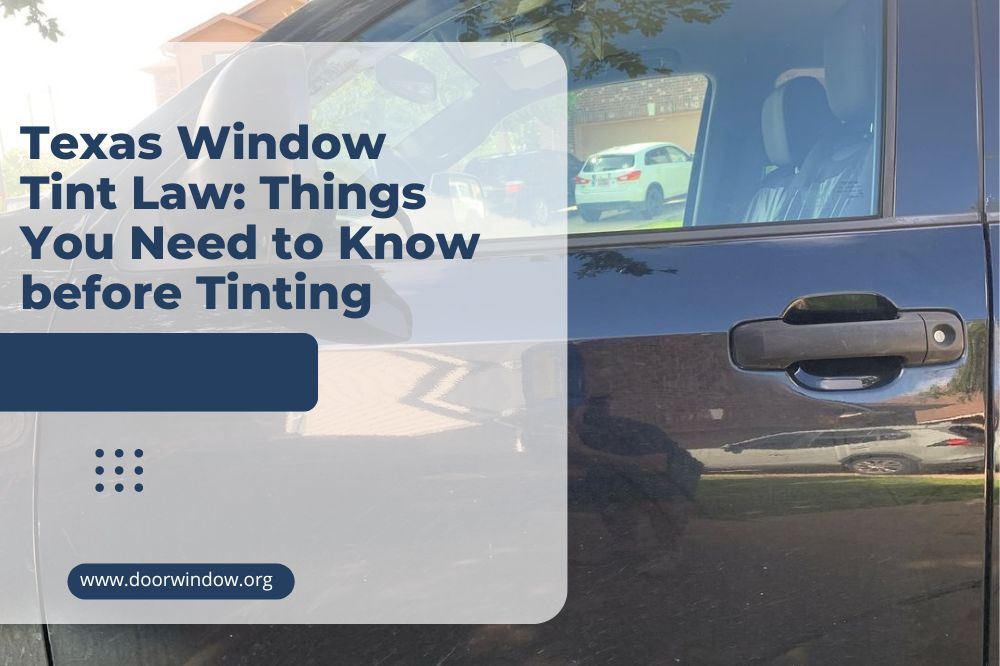
Protecting your skin from UVA and UVB emission is of high importance in nowadays society. According to many health organizations, skin cancer is more present on the left side of the body as a direct consequence of drivers’ exposure to the sun while driving. Therefore, the majority of drivers have decided to implement window tint to prevent the hazardous effect of the sun.
Except for skin protection, one of the reasons for implementing window tint is keeping privacy and protecting the inside of the car from fading. Plus, it will decrease the temperature in a vehicle while driving during hot days. Despite the many benefits of having window tint, you need to obey regulations and the Texas window tint law. Let’s see.
Safety First
As always, your safety always needs to come first. Accordingly, there are several Texas window tint laws that law-abiding people need to follow. One of the first things you should take care of is that too dark window tint can cause visible problems during the night. As a result, driving at night can be risky.
The primary parameter that will help you decide which window tint is for you is VLT short for visible light transmission. The state of Texas is pretty clear about that part, but the law regarding this issue is quite similar to many other states.
However, since the traffic laws are changing rapidly, you should always look at the latest updates and regulations to keep up.
For instance, the ceramic window tint is the innovation among the window tints. New tint technology offers 100% protection from UVA and UVB. It is actually 100% clear film that can absorb up to 52% of heat. It is highly recommendable for windshields as it doesn’t prevent visibility while driving.
The ceramic window tint showed up on the market in 2019. It is a new but entirely legal tint for car glass. If you decide to insert this particular protective window tint, you should look for the latest regulations.
Window Tint Label
According to the Texas window tint law, there should be only one window tint label on the rearmost, bottom corner of the driver’s side window of both car and SUV.
It is not necessary to have a label on the passenger window side, no matter if you have window tint on one or all the windows. However, you can put one on each window if you wish. Other details, such as the installer’s name and services, are not of high importance.
The thing you need to take care of is that the label complies with TRC Chapter 547. You can also check all the necessary details about it in the Texas Transportation Code, Chapter 547.613, and Restrictions on Windows.
Exemptions to the Code
Keep in mind that some vehicles don’t have to obey these regulations about window tint. Check if you belong to any of the following groups, so the Texas window tint law doesn’t apply to you.
For example, law enforcement vehicles don’t need to respect these particular regulations. That means all vehicles that belong to any law enforcement agencies or the car intended for use for law enforcement purposes don’t need to follow the law for regular vehicles.
In another group are vehicles used for medical purposes. Cars, vans, and RVs that belong to medical agencies or are part of medical facilities are not in obligation to follow the window tint code.
Also, there is a particular group of vehicles designed for passenger transport. All limousines, taxis, and buses, which transport people for money, don’t need to obey these regulations, as well. However, it applies only to vehicles which are part of some transport organization.
Medical Exception
Chauffeurs with specific medical issues that require darker window tints can be exempt from this law if they have the official medical justification for their condition. If you are one of them and have all the needed documents, there should be no problems gaining exemption to the regulation.
According to the Texas window tint law, the medical exception should include the explanation and statement signed by a licensed physician or ophthalmologist. You can’t get the medical exemption from the Texas Department of Public Safety, Regulatory Services Division. They have not issued exceptions since January 1st, 2019.
Rules about Tinted Windows
Before you move to VLTs parameters, you should check some other rules connected to the tinted windows, as well.
Side Mirrors
If you put a tinted foil on your rear windows, you should be aware that by the law, you need to have side mirrors from both sides of the passenger windows. If you don’t have the dual mirrors, the police officer can write you a ticket.
Window Tint Color
By the Texas window tint law, you can choose almost all of the colors for your car windows except red, amber, and blue.
Film Certifications
Before applying the window tint film onto your vehicle, you need to find out if a film manufacturer has a certification in the state of Texas. If you have bought the car with a window tint film, you should review it with your car dealer.
That way, you will be sure that the window film on your new vehicle has proper certification, and consequently, it will save you from possible penalties.
Window Tint Darkness
Window panes tint regulations are different for passenger and multi-purpose vehicles. In any case, you should take a look at the VLT visible light transmission parameters. The VLT of 75% means that 75% of light can enter your car freely, and the visibility will be excellent.
On the other hand, if the VLT is 10%, it means that only 10% of light comes through window tinted film. It will make the interior of your car very dark, and you may have problems with visibility during the night ride.
The law enforcement officers have the right to check the VLT of your window tint at any moment. They can do it quickly by using tint meter, a precise device that detects the tint darkness of your windows. If the windows are inadequately tinted, you can expect to be fined about $1000.
Don’t forget that your vehicle contains a few window panes. All of them have particular regulations regarding allowed tinting, including:
- The front windshield
- The back windshield
- The front passenger side windows
- The back-passenger side windows
- The rear passenger side windows
Legal Window Tint Darkness for Passenger Vehicles
The following information I will list here is up to date and issued on January 28th, 2020. The original 2009 regulations were updated several times, and you can read about the latest version in Texas window tint law.
The front windshield
The upper part of the windshield, the so-called AS1 line, can be tinted more than 25% VLT. It is the area, which is 5 inches (12.7 cm) from the top of it. Avoid tinting this part of the glass the way it has more than 25% of reflection.
The rest of the windshield shouldn’t have any tint. However, don’t forget the possibility of applying the innovative ceramic window tint that is available these days.
The front passenger side windows
You can apply up to 25% of tint darkness on these windows.
The back windshield
If you have deal side mirrors, you can choose any darkness for these windows you like. Otherwise, you can have up to 25% of tint darkness.
The back-passenger side windows
You can choose darkness for these windows by your preference.
The rear passenger side windows
If you have side mirrors, you can use the darkness for these windows you desire. Otherwise, you need to choose the option of max 25% VLT.
Legal Window Tint Darkness for Multi-Purpose Vehicles
The situation with multi-purpose vehicles is similar to passenger cars. However, being part of the Texas window tint law, you should check the clear and precise regulations regarding them.
The front windshield
The AS1 line can be tinted more than 25% of VLT. However, avoid more than 25% of reflection. The rest of the front windshield needs to be clear with no tint. However, applying ceramic window tint will help you avoid overheating and UVA and UVB emission.
The front passenger side windows
These windows need to have less than 25% of dark tint to pass all the regulations under the state of Texas.
The back windshield
Having both side mirrors will allow you to take any darkness of tint you want. In case you don’t have them, you should obey the rule of less than 25% VLT.
The back-passenger side windows
Since there are no regulations for back-passengers side windows in Texas window tint law, you can feel free to choose any you fancy.
The rear passenger side windows
With the dual side mirrors, there are no regulations regarding the tinting of this window.
Summary
The laws throughout the US can differ in parameters and percentages of window tints allowed. Therefore, be prepared on time and check the adequate laws of states you want to pass through or go to.
The Texas police officers can always stop you and check if the tinting of your vehicle windows follows the law of this state. There is still a way to stay safe, enjoy the lower temperatures inside your car, and respect the law at the same time.

